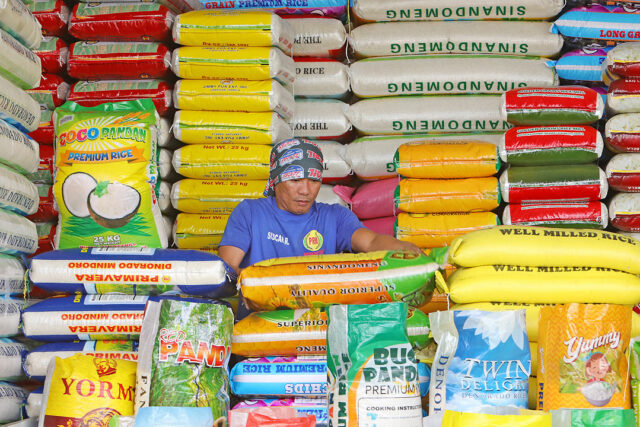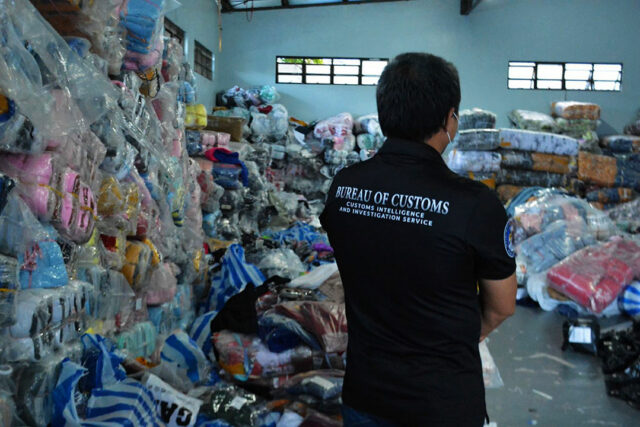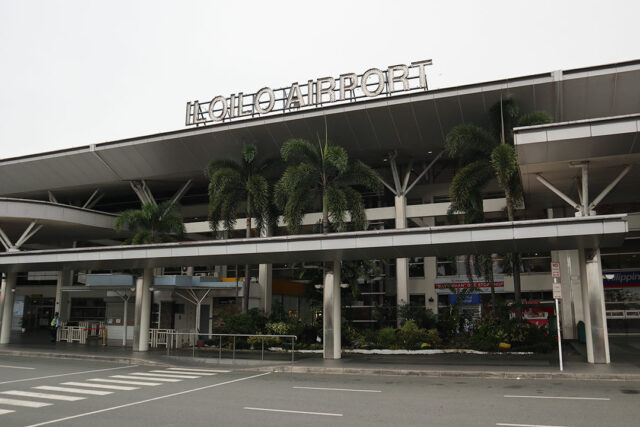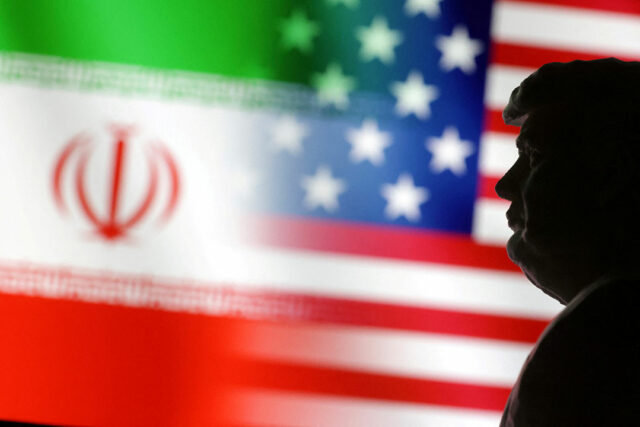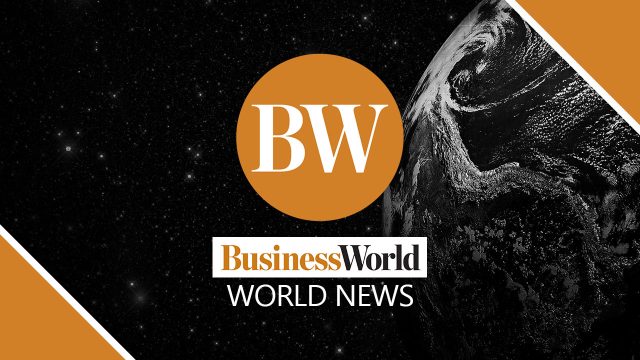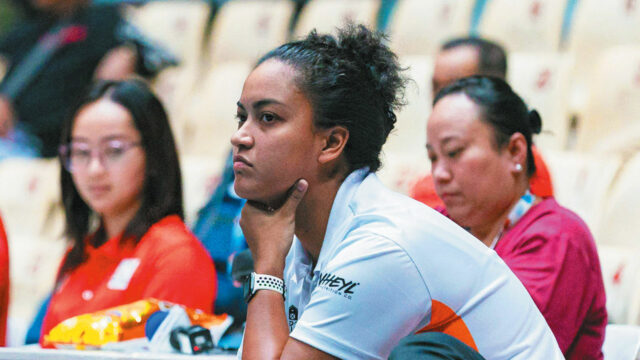DSWD to integrate subsidized rice initiative in food stamp program
THE Department of Social Welfare and Development (DSWD) is set to expand its food stamp program to integrate the government’s P20-per-kilo rice program for the poorest Filipinos, following new data that shows nearly half of enrolled poor households still experience hunger despite intervention.
DSWD Secretary Rexlon T. Gatchalian, in a briefing at the Presidential Palace on Tuesday, said the DSWD had submitted a list of accredited food retailers to the Department of Agriculture (DA) last Monday, which will begin supplying poor Filipinos with low-cost rice.
The rice will be available to food stamp recipients using their monthly P3,000 in food credits under the Walang Gutom Program in accredited small agricultural cooperatives, as well as micro, small, and medium enterprises (MSMEs).
Beneficiaries receive monetary assistance in the form of an Electronic Benefit Transfer card, amounting to P3,000 per month, to purchase a select list of food commodities from accredited stores.
“The small agri-coops where our food-poor beneficiaries redeem their food — that’s where they will now be supplied. They will be given a supply of the cheap P20 rice so that with their food credits, they can buy more,” Mr. Gatchalian said in Filipino.
This comes after a survey found that the proportion of households experiencing hunger stood at 44.6% in December 2024, albeit declining from 48.7% in October 2024.
It also revealed that hunger incidence among non-beneficiaries rose by 6.1% over the same period.
The survey, conducted by Social Weather Station (SWS) and telco giant Globe Telecom, studied the incidence of hunger among the poorest Filipino families in two waves.
The first wave, which surveyed 2,011 respondents, was conducted from Oct. 7 to 18, 2024. The second wave followed from Dec. 1 to 10, 2024, with 1,980 respondents.
The Walang Gutom 2027 program, launched in 2023, currently covers 300,000 of the poorest Filipino families and aims to reach 750,000 by 2026.
While the government is encouraged by a decline in severe hunger, Mr. Gatchalian acknowledged the need for stronger interventions and faster exits from the program.
“There are job fairs that [the Labor department] will hold for our beneficiaries, purely for our beneficiaries to match the type of companies that will be going to the job fair so that we can ensure that they are suitable for the skills and capacities of our beneficiaries,” he added.
The government’s next goal is to help these individuals achieve self-sufficiency through employment opportunities and skills development with the Technical Education and Skills Development Authority (TESDA).
TESDA will provide training programs to equip beneficiaries with the necessary skills to enter the workforce. “It’s important now that you’ve eaten that you should join us in the productive workforce so we can work,” Mr. Gatchalian added.
The P20-per-kilo rice scheme, one of President Ferdinand R. Marcos, Jr.’s signature campaign promises, is expected to stretch the value of food credits of DSWD beneficiaries and ease food insecurity in program areas. — Chloe Mari A. Hufana

